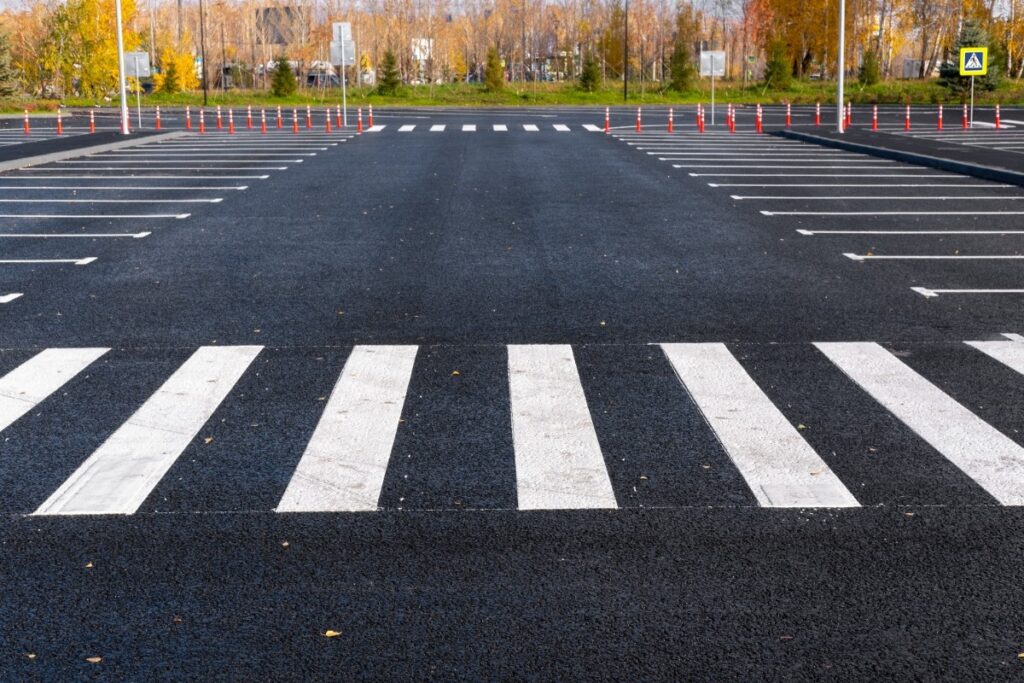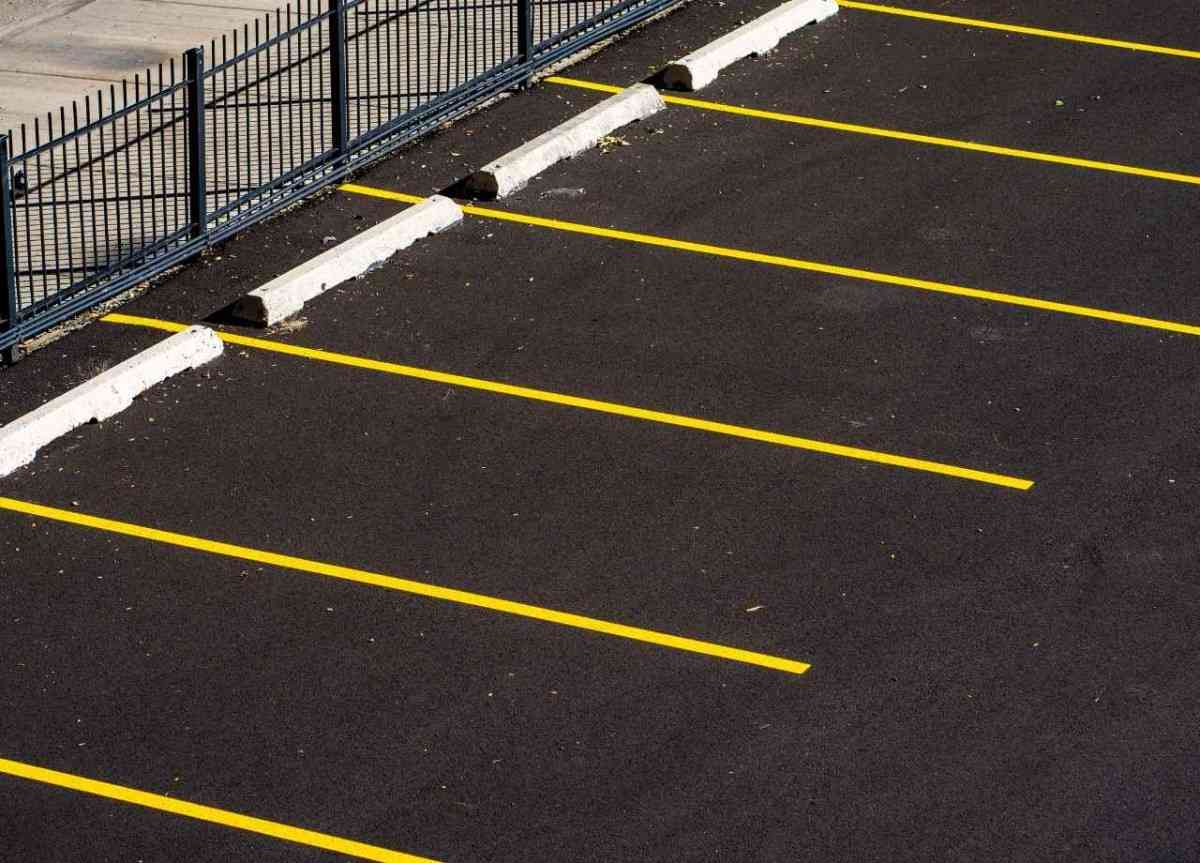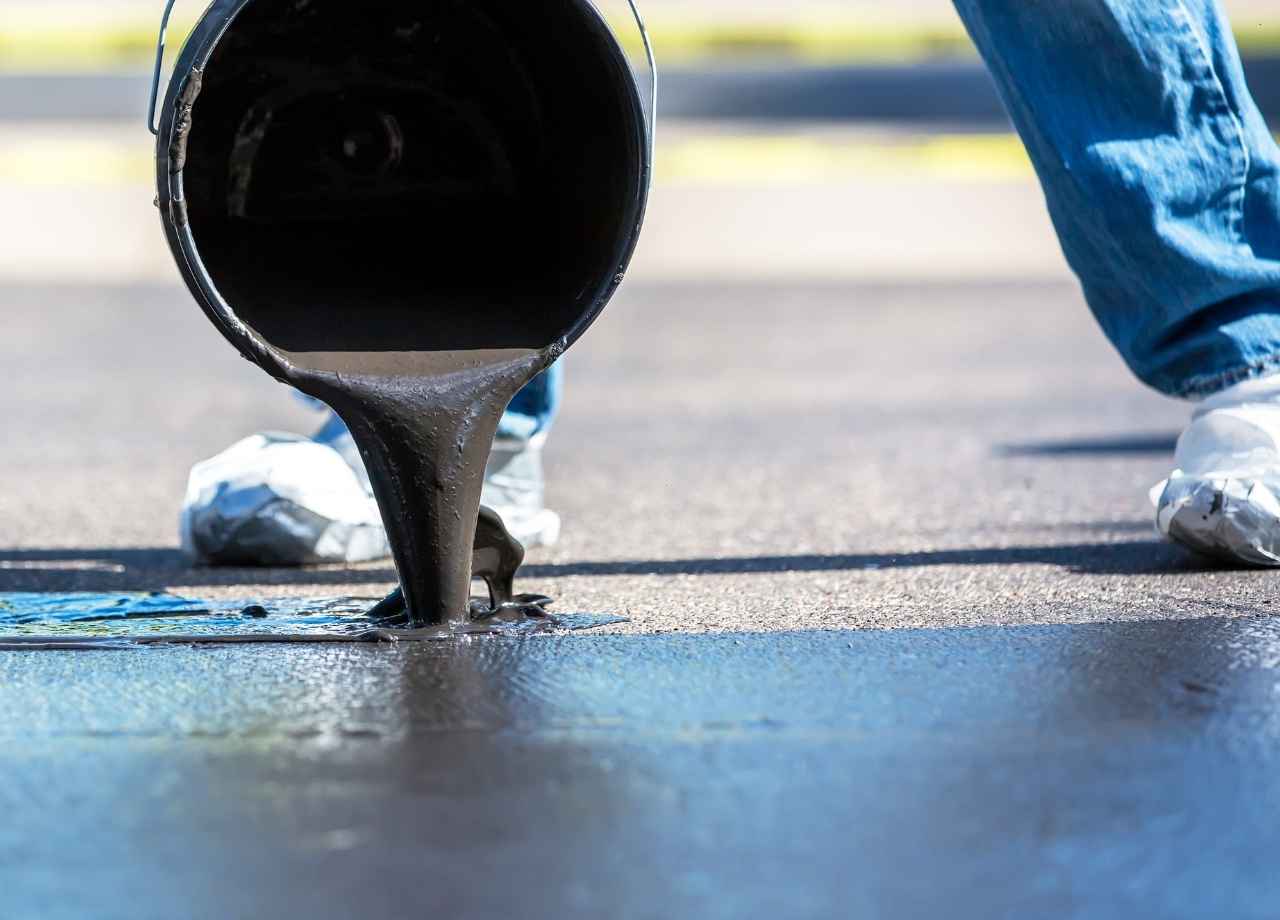Asphalt Lot Striping Techniques for a Clean Look
Have you ever pulled into a parking lot with faded, barely visible lines? Cars are parked haphazardly, drivers hesitate, and pedestrians weave through traffic, unsure where it’s safe to walk. A poorly striped lot isn’t just unprofessional—it creates confusion, safety hazards, and legal risks for property owners.
Freshly painted lines provide more than just curb appeal. They improve traffic flow, maximize parking efficiency, and enhance safety for both drivers and pedestrians. But achieving sharp, long-lasting markings isn’t as simple as applying paint. Surface preparation, material selection, and precise application techniques all play critical roles in durability and visibility.
Preparing the Surface for Optimal Adhesion
A clean surface is essential for ensuring paint adheres properly and lasts as long as possible. Dirt, oil, and moisture weaken adhesion, leading to peeling and premature fading. Simply sweeping the lot isn’t enough—especially in high-traffic areas where vehicle fluids accumulate.
Key steps for surface preparation include:
- Power washing to remove embedded grime and debris.
- Using degreasers to break down oil stains that could prevent paint from sticking.
- Allowing the surface to fully dry before applying any paint to prevent bubbling or early wear.
Cracks and potholes interfere with smooth line application, causing irregular edges and weak adhesion. Filling cracks and sealing asphalt before striping ensures a uniform finish. Additionally, freshly sealed pavement must be fully cured before painting; otherwise, the paint won’t bond correctly and will wear off prematurely.
Selecting the Right Paint for Durability
The choice of paint directly affects how long the markings last. Not all paints perform the same, and factors like traffic volume, climate, and budget determine the best option.
- Water-based paint: Quick-drying, environmentally friendly, and ideal for low to moderate traffic areas.
- Solvent-based paint: More durable, better suited for high-traffic lots or extreme weather conditions, and adheres well to older asphalt.
- Reflective paint additives: Enhance nighttime visibility, especially important for fire lanes, pedestrian crossings, and areas with poor lighting.
The thickness of the paint layer also affects longevity. A thin coat fades quickly, while an overly thick application takes longer to dry and may crack. Using a professional striping machine ensures even thickness, reducing premature wear.
Achieving Straight and Uniform Lines
Uneven, wavy lines make a parking lot look unprofessional and disorganized. Precision is key to ensuring a clean, polished look.
Professionals follow these best practices:
- Chalk lines or laser guides help create reference points before painting, ensuring accurate alignment.
- Striping machines provide consistent pressure and coverage, unlike rollers or manual brushes, which can lead to streaks and uneven thickness.
- Stencils ensure sharp symbols and lettering, preventing smudging or irregular shapes.
Speed during application also matters. Moving too fast results in thin, weak coverage, while moving too slowly causes excessive paint buildup. A controlled, steady application results in crisp, uniform lines.
Factoring in Weather Conditions
Weather plays a major role in how well striping adheres and dries. Applying paint under the wrong conditions leads to poor adhesion, uneven drying, and wasted materials.
- High temperatures cause paint to dry too quickly, leading to cracks and flaking.
- Cold weather slows drying time, increasing the risk of smudging.
- High humidity prevents paint from bonding properly to asphalt.
- Wind causes overspray, leading to wasted paint and inconsistent lines.
For the best results, professionals schedule striping projects during moderate temperatures and low humidity, often in the early morning or late evening.
Enhancing Longevity with Proper Maintenance
Even the best striping will fade over time, especially in high-traffic areas. Regular maintenance ensures markings remain visible and effective.

Key maintenance strategies include:
- Routine inspections to identify fading before it becomes a major issue.
- Touch-ups on high-wear areas like pedestrian crossings and loading zones.
- Sealcoating the asphalt, which extends pavement life but requires repainting afterward to restore visibility.
For areas with constant heavy traffic, using high-durability coatings helps markings resist tire friction, weather, and daily wear, reducing the need for frequent restriping.
Ensuring Compliance with Local Regulations
Lot striping isn’t just about aesthetics—it also involves legal compliance. Municipal codes and ADA (Americans with Disabilities Act) regulations require specific markings for parking lots, including:
- Designated accessible spaces with proper signage and dimensions.
- Fire lanes and emergency access areas that must remain clearly marked and unobstructed.
- Pedestrian crosswalks and loading zones with specific visibility and width requirements.
Ignoring these regulations can result in fines, liability issues, or the need for costly re-striping. Reviewing local codes before starting a striping project prevents unnecessary expenses and ensures compliance.
Common Mistakes to Avoid
Certain errors shorten the lifespan of asphalt markings and compromise their effectiveness. These common mistakes include:
- Skipping surface preparation, leading to poor adhesion.
- Using low-quality paint, which fades faster and requires frequent reapplication.
- Ignoring weather conditions, resulting in uneven drying and weak bonding.
- Applying inconsistent thickness, leading to irregular wear and early fading.
- Failing to follow local regulations, risking fines and additional costs for repainting.
The Role of Proper Striping in Traffic Flow and Safety
Well-marked parking lots improve organization, maximize space, and prevent confusion for drivers and pedestrians. Key benefits include:
- Efficient parking layout, reducing congestion and maximizing available space.
- Clear directional arrows and pedestrian pathways, minimizing accident risks.
- Visible fire lanes and emergency access points, ensuring safety compliance.
- Reflective paint for better visibility in low-light conditions, improving nighttime navigation.
Neglecting lot striping leads to traffic congestion, safety hazards, and potential liability for property owners.
Investing in Professional Striping Services
Sharp, durable lot markings require expert planning and precision application. National Facility Contractors provides professional lot striping services that enhance curb appeal, improve safety, and ensure compliance with local regulations. Our team uses high-quality materials, advanced striping techniques, and meticulous preparation to deliver long-lasting results.
A freshly striped parking lot does more than look good—it keeps traffic moving smoothly, maximizes parking efficiency, and reduces liability risks. Maintaining clear, visible markings isn’t just a one-time task—it’s an investment in safety, organization, and long-term property value.







